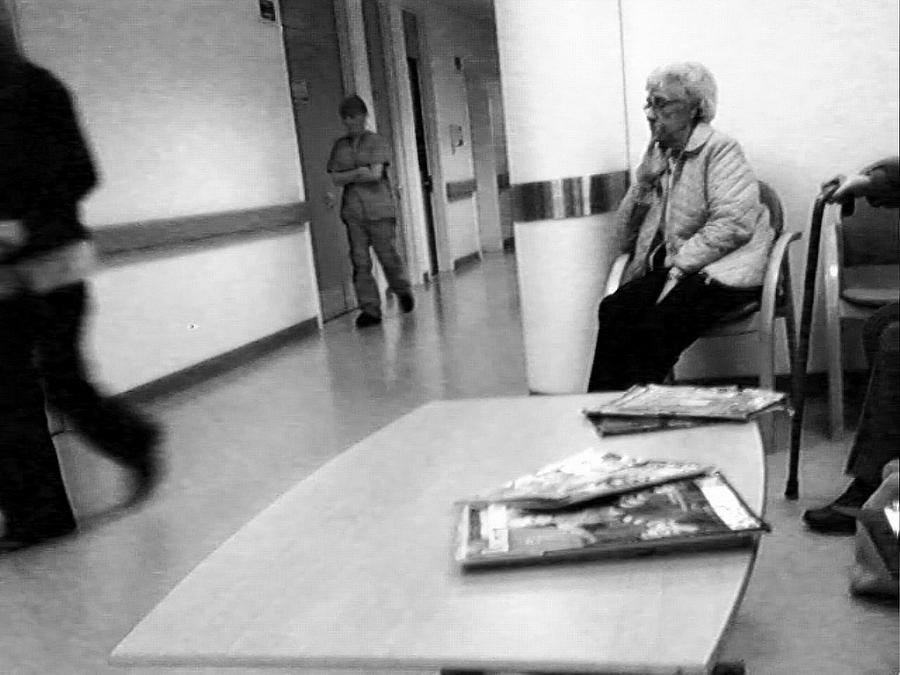How Journalists Can Help Bridge Patient Safety Information Gap

This is the third part of a guest post by patient advocate Helen Haskell on tracking medical harm. The first part ran on Friday, and the second part ran on Tuesday.
The past four years have seen an explosion of activity in the arena of patient safety and health care quality in the United States. These changes make it all the more important to focus on current data on medical harm rather than referring to data from the 1980s or even the last decade. With so many health care initiatives in the works, we need comprehensive, up-to-date numbers to tell us whether the well-being of patients is truly improving.
The primary impetus for this emphasis on patient safety has been federal legislation. From the time of the landmark 1999 To Err is Human report on medical error, Congress has requested a steady stream of reports from the Institute of Medicine on subjects like the working environment of nurses, resident physician work hours, and patient safety concerns in implementation of the electronic medical record. In 2006 Congress also instructed the Office of Inspector General to investigate the incidence of medical harm among Medicare patients, with an eye toward denying payment for the most serious events. As a result, in October, 2008, the Center for Medicare and Medicaid Services began an ongoing program of nonpayment for hospital-acquired conditions, beginning with eight conditions, including retained surgical objects, pressure ulcers, and certain infections.
The biggest push on healthcare quality and safety came with the American Recovery and Reinvestment Act of 2009 - the so-called stimulus bill - and the health care reform act of 2010. These two laws included funding for a myriad of patient safety and quality incentives with major national campaigns in areas like computerization of patient records, prevention of health care-associated infection, and comparative effectiveness of medical treatments.
The idea of transparency has been a central tenet of this effort. Public reporting of hospital-acquired conditions, which Consumers Union’s Stop Hospital Infections campaign helped initiate in many states, has now been taken to the national level as the Center for Medicare and Medicaid Services has begun to publish data on an increasing number of topics on its Hospital Compare and Healthcare.gov websites. Consumer organizations like Consumer Reports and the Leapfrog Group have used these and other numbers to make easily understandable reports available to the public.
In spite of these advances, much if not most of the safety and quality information that hospitals are required to submit to state and federal governments is not presently available to the public. When it is, it is usually limited to certain procedures or conditions that are not always helpful to patients looking for usable information. Most state-sponsored reports of hospital-acquired infections, for example, are limited to central line infections (infections associated with large IV catheters) that occur in intensive care units and to a handful of surgical procedures, which vary from state to state.
Take the recent case of a young South Carolina mother who nearly died from a “flesh-eating” infection following the birth of twins. Lana Kuykendall’s ordeal was widely reported in the media, but her case will almost certainly not be counted in the South Carolina hospital infection reports. How is that possible? Because South Carolina, like most states, does not report infections associated with childbirth.
Much of the recent focus on patient safety can ultimately be credited to the success of healthcare reporters at piercing the veil of silence and raising public awareness of healthcare harm. The way was paved by pioneers like Michael Berens, whose 2002 Chicago Tribune series on hospital-acquired infections put a number and a face on what was then a little-known cause of patient harm. In recent years health writers have become increasingly resourceful at mining health care data to produce invaluable analyses like those done by ProPublica, the Dallas Morning News, and theLas Vegas Sun.
As new health care initiatives are undertaken, patients will increasingly need these kinds of numbers if they are to make informed decisions in a changing medical landscape. They need broad totals to help delineate the global issues of medical safety. And they need specific numbers on health care providers and procedures that affect them personally.
As they try to define the scope of patient harm, health journalists would do well to keep in mind that this information is not always available in the data that are reported by health care providers. They can help bridge that gap by looking to publicly available data such as the hospital discharge data that are kept by many states as well as, increasingly, to the reports of patients themselves.
The Sun’s Pulitzer finalist series Do No Harm, which combined these sources of information to create a data-driven study of Las Vegas hospitals, is about as vivid a snapshot of hospital-wide health care harm as it is currently possible to get. The work led to five new legislative reforms in Nevada, including a law that requires physicians to tell patients about hospital-acquired infections. Think of what could happen if journalists in every state focused on the lack of good information about patient safety.
Related Posts:
Helen Haskell on Tracking Medical Errors: How We Err When Counting the Casualties of Medical Care
Helen Haskell on Medical Errors: New Tools Capture the Latest Tolls of Medical Harm
Apology as Cure: Dig into Data to Find Number of Patients Harmed
Apology as Cure: Should Laws Change to Encourage Doctor to Admit Medical Errors?
Photo credit: telemetry9 via Flickr

